Table of Contents
The geography of Iran is a captivating blend of diverse landscapes and historical significance. Situated in Western Asia, this landlocked nation’s geographic location has played a pivotal role in shaping its history and cultural identity.
Nestled in Western Asia, Iran geography beckons adventurous travelers with its rugged mountain ranges, captivating valleys, and ancient historical sites. From exploring the majestic Zagros Mountains to uncovering the cultural tapestry of Tehran, Iran’s diverse landscapes and rich history offer an unforgettable journey for intrepid tourists seeking a unique and enriching experience.
The physical geography of Iran paints a picture of awe-inspiring natural masterpieces. From the awe-inspiring cliffs of Qeshm Island, once home to ancient wonders that represented the nation’s rich heritage, to the diverse ecosystems that dot the country, Iran stands as a testament to nature’s grandeur.
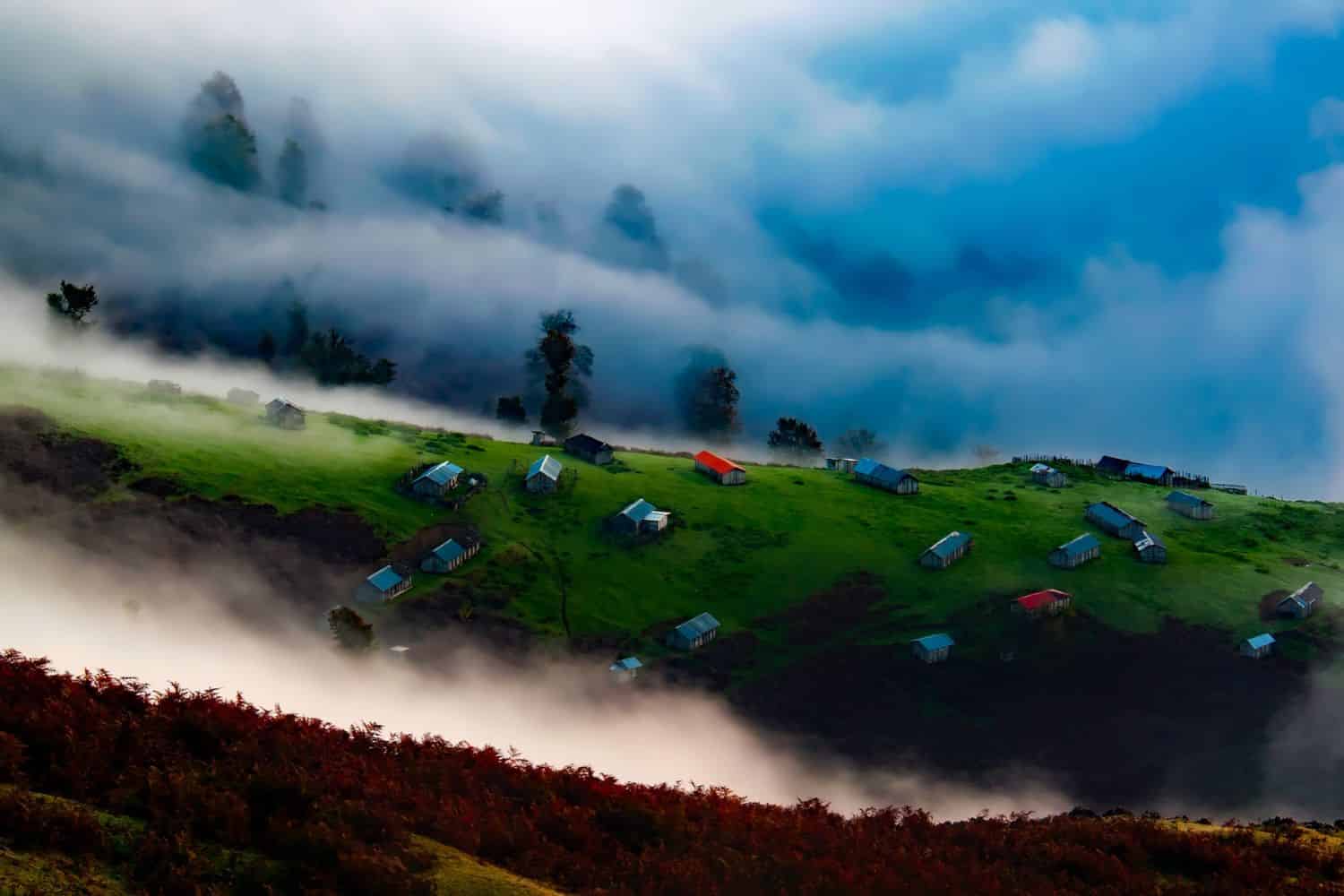
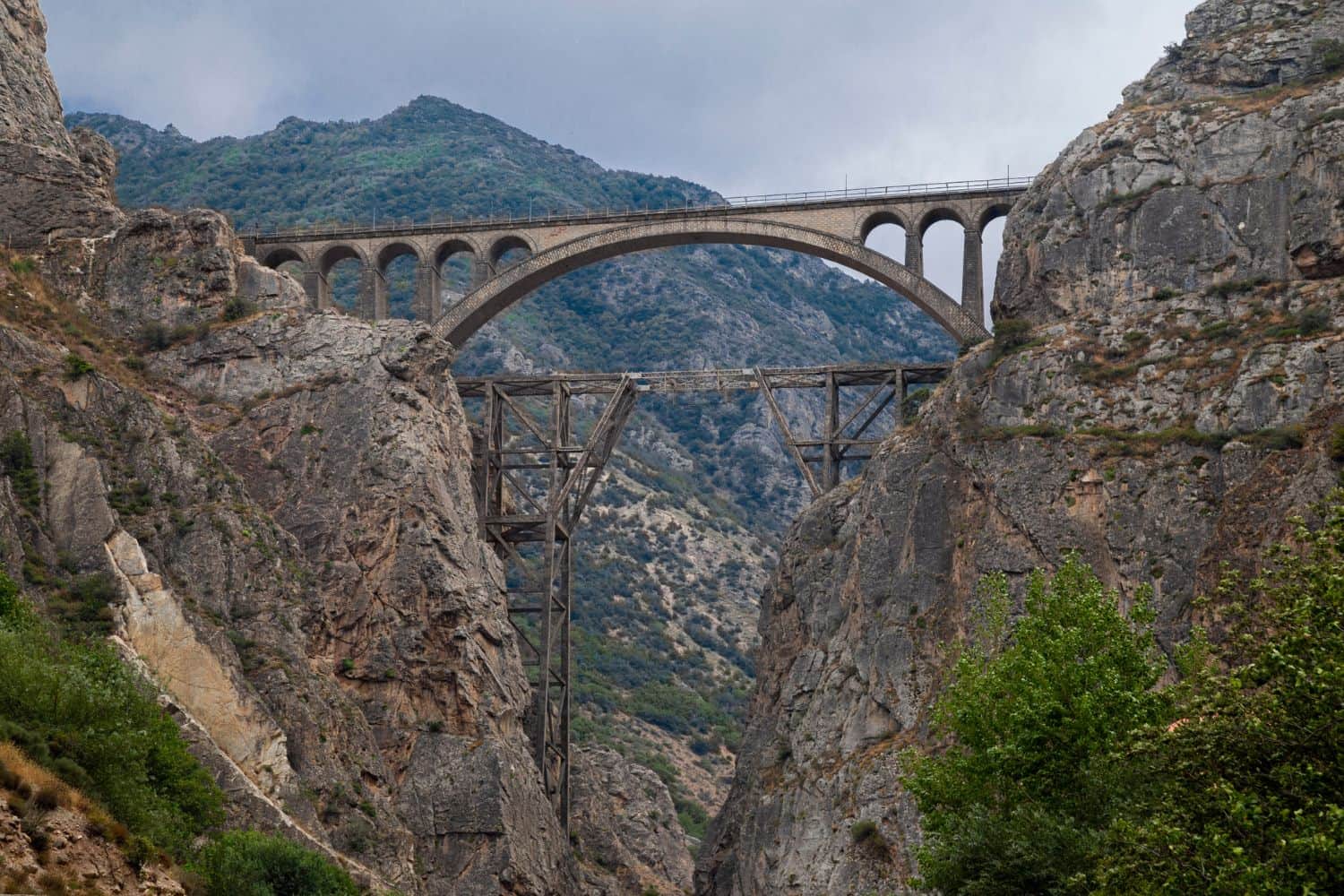
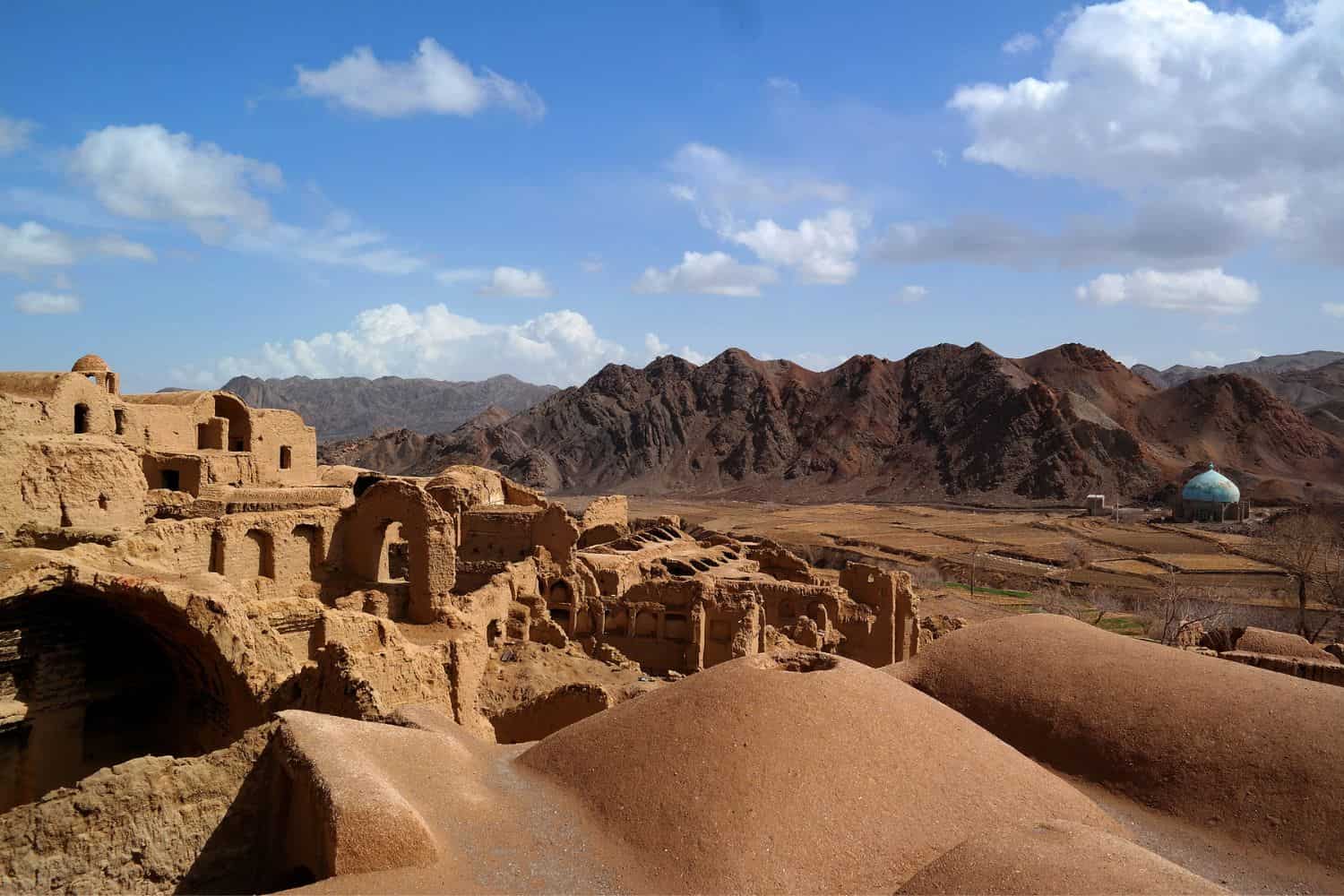
Top Geographic Features of Iran
- Alborz Mountain Range: The towering Alborz range spans across much of Iran, shaping its topography and influencing climate patterns.
- Karun River: One of Iran’s major rivers, the Karun River, flows through the southwestern part of the country, providing crucial water resources for agriculture and irrigation.
- Zahedan Pass: This historic mountain pass in the Alborz connects Iran with neighboring Afghanistan and has been an important trade and travel route throughout history.
- Dasht-e Kavir Desert: A vast and arid desert region located in the central part of Iran. It is characterized by its expansive salt flats, dry landscapes, and occasional sand dunes.
- Persepolis: Famous for its ancient ruins and historical significance, Persepolis holds a special place in Iran’s cultural and historical heritage.
- Zagros Mountains: The Zagros Mountains in western Iran are a significant geological feature, with diverse landscapes and high peaks, including some of the country’s tallest mountains.
- Karun River: Another important river in Iran, the Karun River, flows through the southwestern part of the country and plays a crucial role in irrigation and agriculture.
- Golestan National Park: This protected area in the northern part of Iran offers a stunning and unique natural wonder with diverse ecosystems and wildlife.
- Qeshm Island: Located in the Persian Gulf, Qeshm Island is the largest island in Iran, known for its unique geology, diverse wildlife, and historical sites.
- Strait of Hormuz: A narrow waterway that separates Iran from the Arabian Peninsula, the Strait of Hormuz is strategically vital for global oil transportation.
These geographic features play a crucial role in shaping Iran’s landscape, climate, and cultural history, making them essential elements in defining the country’s geography.
Iran Geography
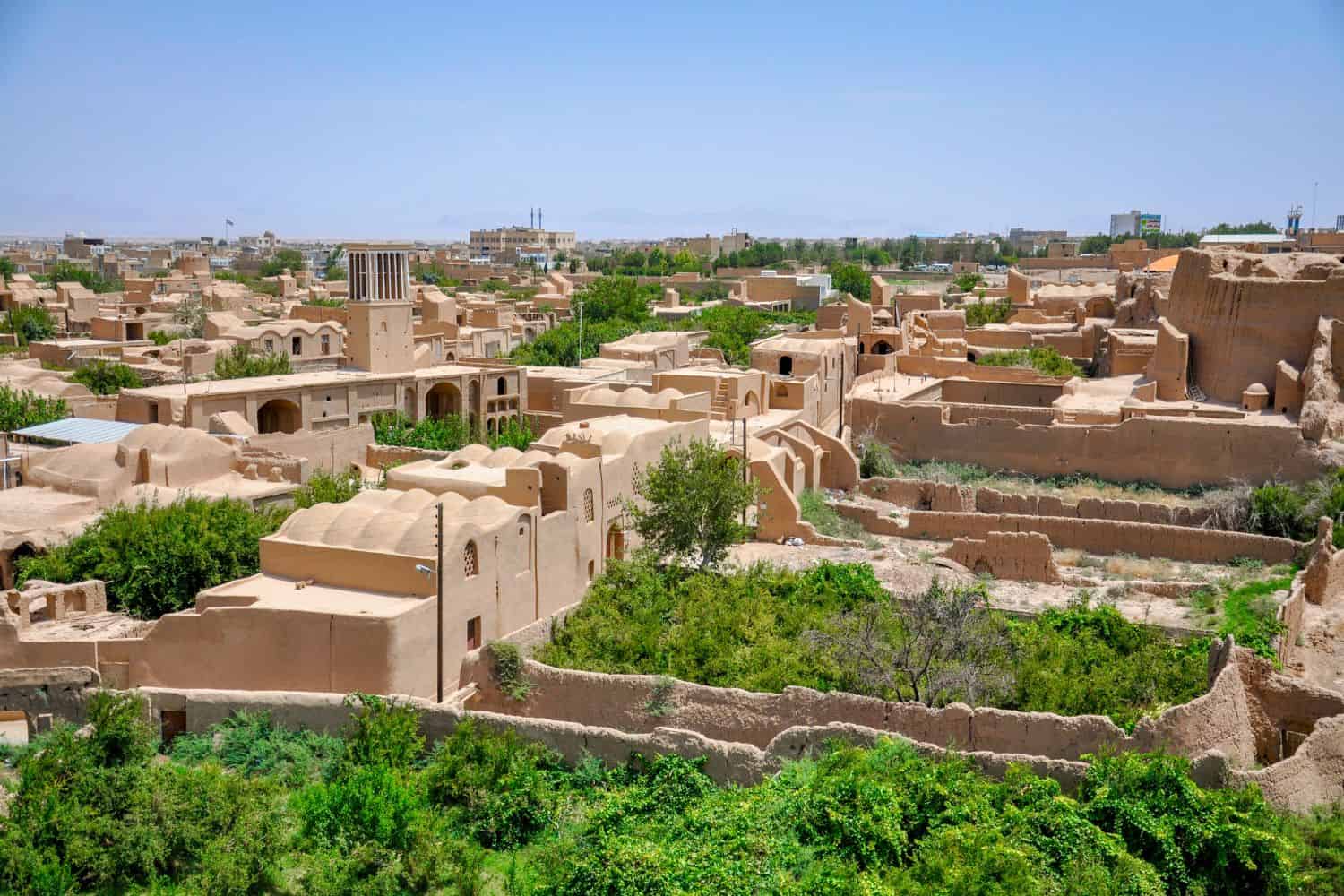
Exploring the Iran National Geographic canvas reveals a stunning array of geographic features. From towering mountain ranges to arid deserts and lush valleys, the country offers a mesmerizing tapestry of natural wonders.
- Mountain Ranges – The Crown of Diversity: Similar to documentaries that often feature towering mountain ranges, Iran boasts the majestic Alborz and Zagros ranges. These rugged peaks not only add to the country’s scenic beauty but also offer unique biodiversity and have shaped its cultural identity.
- Lakes – A Kaleidoscope of Colors: Iran’s Urmia Lake, with its stunning turquoise waters, resembles the picturesque landscapes captured in photographs. This crystal-clear lake, surrounded by rocky cliffs, reflects the region’s geological richness.
- Deserts – Undulating Sands of Time: Just as desert features highlight vast sandscapes, Iran’s Dasht-e Kavir and Dasht-e Lut Deserts showcase undulating sand dunes and extreme temperatures. These arid regions tell stories of resilience and adaptation in the face of nature’s challenges.
- Historical Sites – Unveiling the Past: Iran’s historical sites, like Persepolis, evoke memories of explorations that uncover ancient civilizations. The remnants of grand palaces and ancient ruins stand as a testament to the country’s rich cultural heritage.
- Ethnic Diversity – A Cultural Melting Pot: Similar to the National Geographic focus on diverse cultures, Iran is a tapestry of ethnic groups, including Persians, Azeris, Kurds, and Balochis. Each group contributes unique traditions, languages, and customs, creating a vibrant cultural mosaic.
- Wildlife – A Sanctuary for Nature: Iran’s protected areas, such as the Golestan National Park, mirror the coverage of wildlife conservation. These regions serve as crucial habitats for a variety of species, preserving biodiversity in a challenging environment.
- Geological Marvels – A Natural Showcase: The country’s geological wonders, like the Qeshm Island’s salt domes, showcase Iran’s geological diversity. Such features demonstrate human perseverance in understanding and preserving the natural world.
- Remote Exploration – Uncharted Territories: The remote and isolated Lut Desert beckons adventurers, much like quests into uncharted territories. This vast desert offers a glimpse into untouched landscapes and ancient cultural connections.
Iran geographic features are marked by the dominating presence of the Alborz and Zagros mountain ranges. These majestic peaks, some soaring above 5,000 meters, create a breathtaking backdrop for the nation’s diverse topography. The historic Silk Road, an ancient trade route, passed through these formidable mountains, connecting Iran to neighboring regions and facilitating cultural exchanges.
Flowing gracefully through the Iranian terrain are the life-giving rivers of Karun and the Sefidrud River, vital for agriculture and irrigation. Additionally, the expansive Dasht-e Kavir and Dasht-e Lut deserts add to the country’s unique geography.
Iran Geographic Location
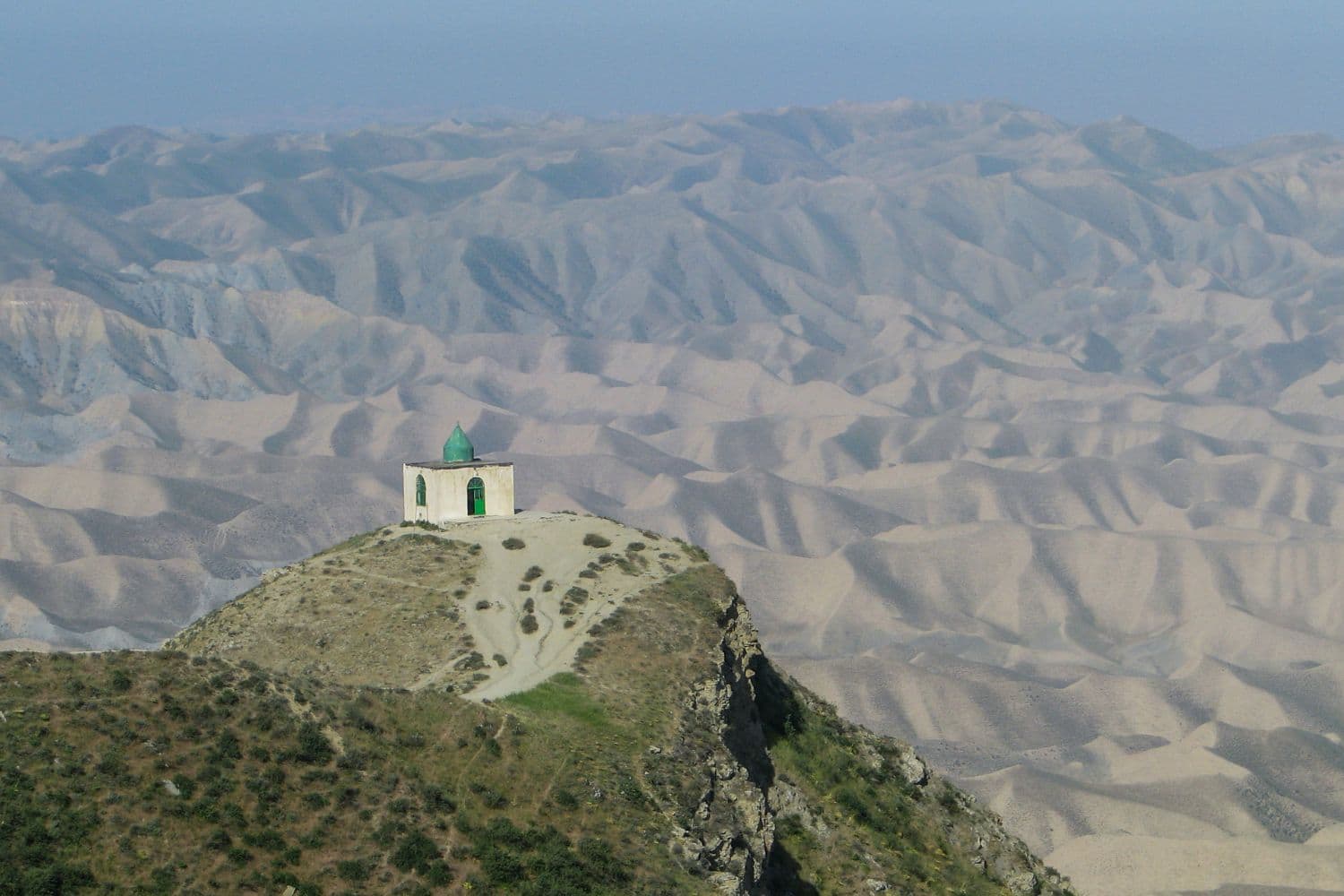
Iran Geographic Location is of great strategic significance, and its position has conferred upon it a pivotal role throughout history. Situated on the historic Silk Road, the nation has facilitated the exchange of goods, ideas, and cultures between the East and West, leaving an enduring mark on its historical importance.
Borders of Iran
Iran shares its borders with several neighboring countries, each with varying lengths of border. Below is an overview of Iran’s physical geography in relation to its neighboring nations and the approximate total length of each border:
- Afghanistan: The border between Iran and Afghanistan spans approximately 921 kilometers.
- Pakistan: Iran shares an approximately 909 kilometers-long border with Pakistan, making it the longest international border for Iran.
- Turkmenistan: The border between Iran and Turkmenistan stretches approximately 804 kilometers.
- Iraq: The border between Iran and Iraq spans approximately 1,599 kilometers.
- Turkey: The border between Iran and Turkey spans approximately 499 kilometers.
- Armenia: The border between Iran and Armenia spans approximately 35 kilometers.
- Azerbaijan: The border between Iran and Azerbaijan spans approximately 432 kilometers.
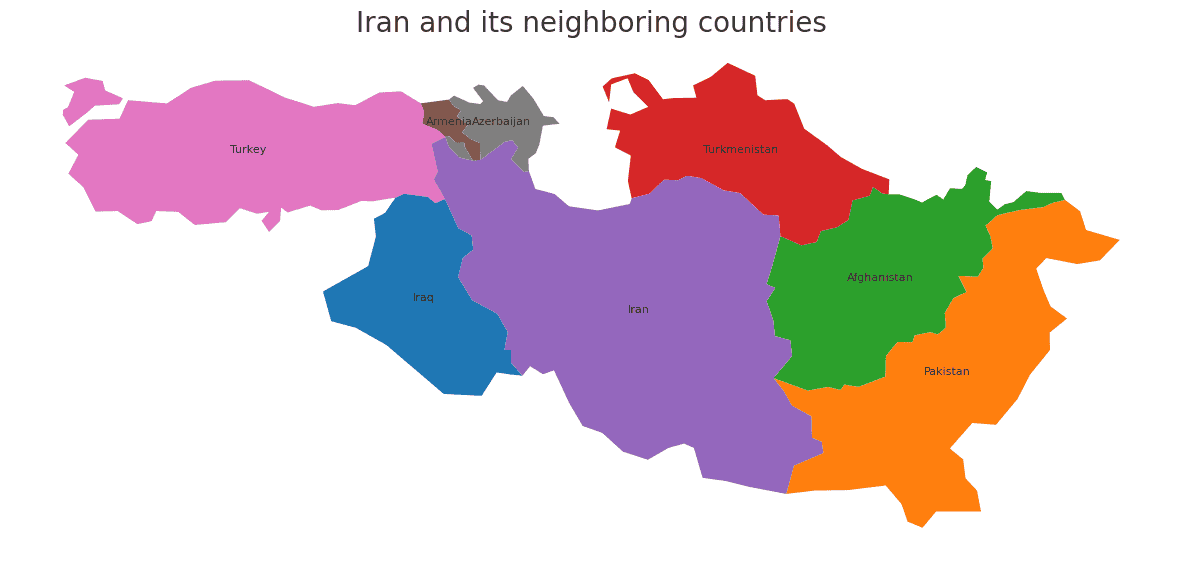
| Iran Neighboring Country | Border Length (Approximate) |
|---|---|
| Afghanistan | 921 kilometers |
| Pakistan | 909 kilometers |
| Turkmenistan | 804 kilometers |
| Iraq | 1,599 kilometers |
| Turkey | 499 kilometers |
| Armenia | 35 kilometers |
| Azerbaijan | 432 kilometers |
These international borders define Iran’s connections to different regions and contribute to the country’s geopolitical significance as a crossroads between the Middle East, Central Asia, and the South Caucasus.
Geography of Tehran Iran
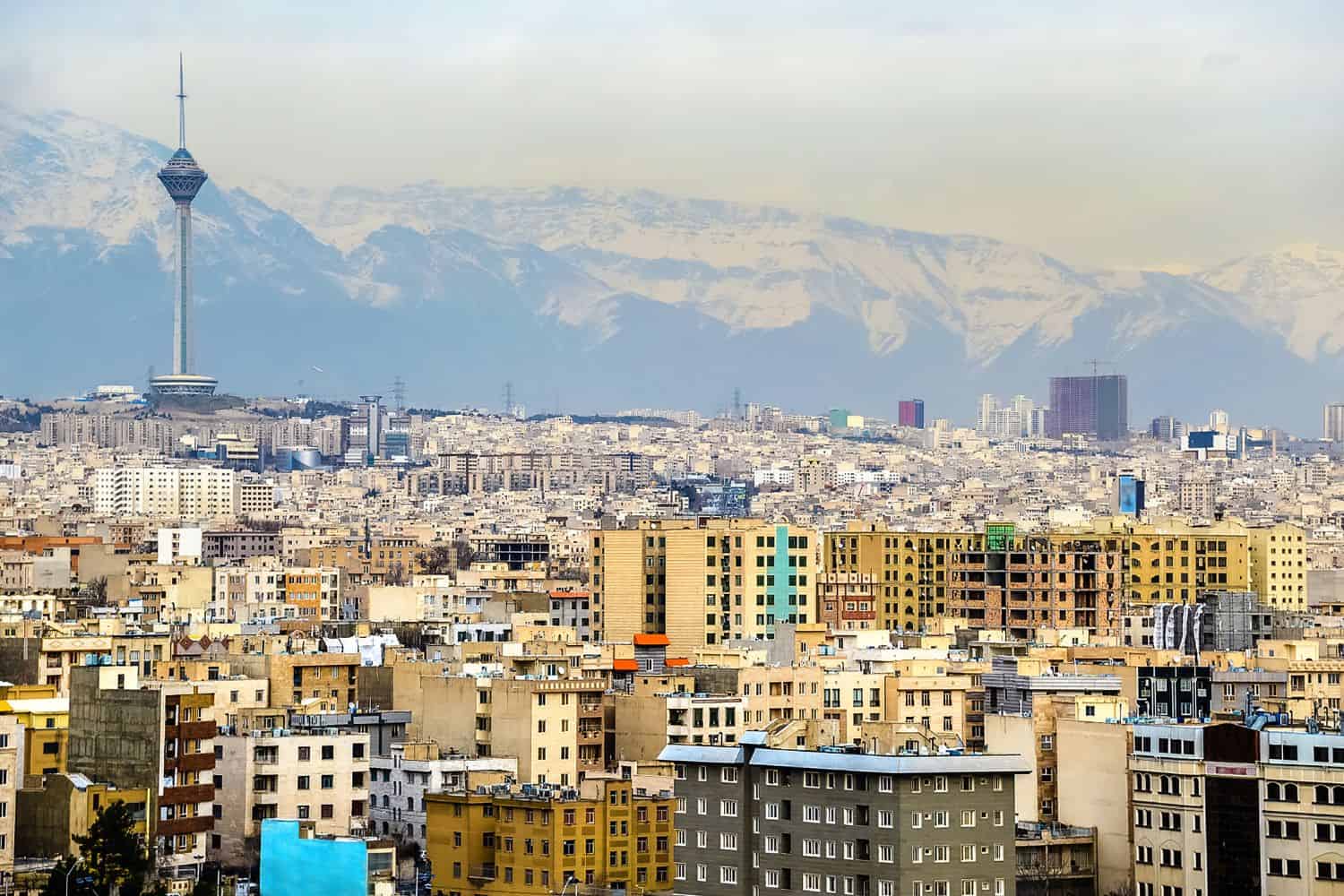
As the capital city of Iran, Tehran is a captivating microcosm of the country’s human geography. Here, various ethnic groups, including Persians, Azeris, Kurds, and Lurs, coexist, contributing to the city’s rich cultural tapestry.
Tehran, the capital city of Iran
- City of Contrasts: Tehran is renowned for its stark contrasts, where modern developments coexist with traditional neighborhoods, creating a unique blend of old and new.
- Tehran River: The Tehran River flows through the city, providing water for irrigation and contributing to the city’s agriculture.
- Tehran’s Elevation: The city is situated at a high elevation, approximately 1,220 meters (4,003 feet) above sea level, surrounded by the imposing peaks of the Alborz Mountains.
- Green Spaces: Tehran is home to several beautiful gardens and parks, including the Sa’dabad Complex, offering a peaceful retreat amidst the bustling city.
- Tehran’s Historical Significance: With a history dating back over 2,000 years, Tehran has witnessed various civilizations and played a pivotal role in ancient trade routes.
- Diverse Architecture: The city boasts a diverse architectural heritage, reflecting influences from Persian, Islamic, and modern styles.
- Snow-Capped Mountains: During winter, the nearby Alborz Mountains, including the iconic Mount Damavand, are often covered in snow, enhancing the city’s scenic beauty.
- Golestan Palace: The historic Golestan Palace, located in the heart of Tehran, is an iconic symbol of the city’s cultural and historical significance.
- Tehran’s Economy: The city serves as Iran’s economic and cultural hub, attracting individuals from across the country in search of opportunities and education.
- Population Growth: Tehran has undergone rapid population growth, with a substantial influx of people from rural areas, leading to urbanization and infrastructure challenges.
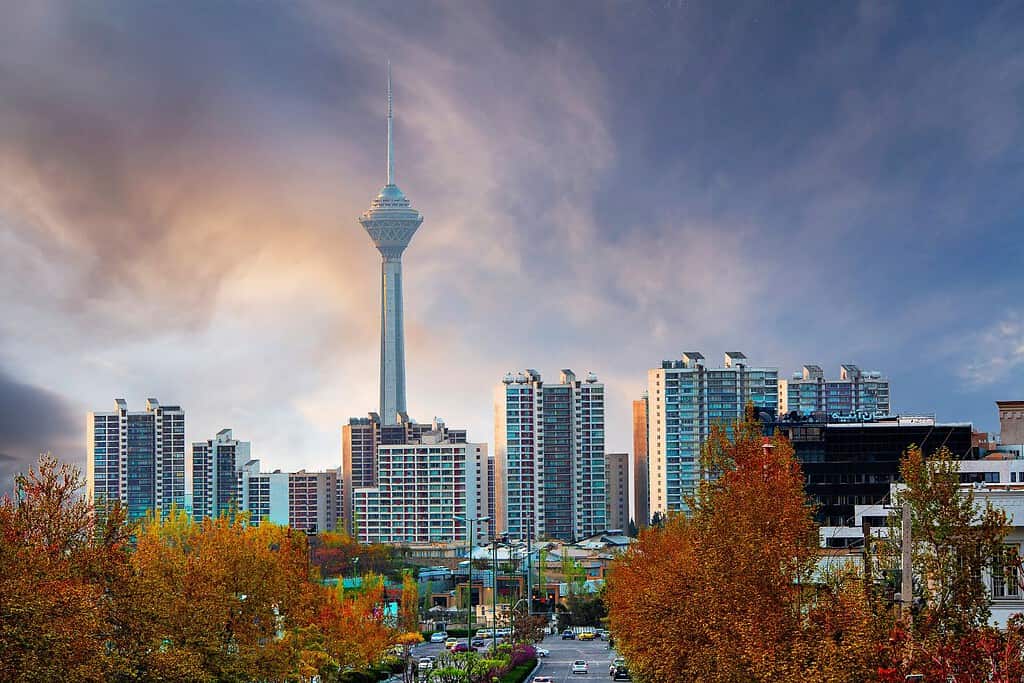
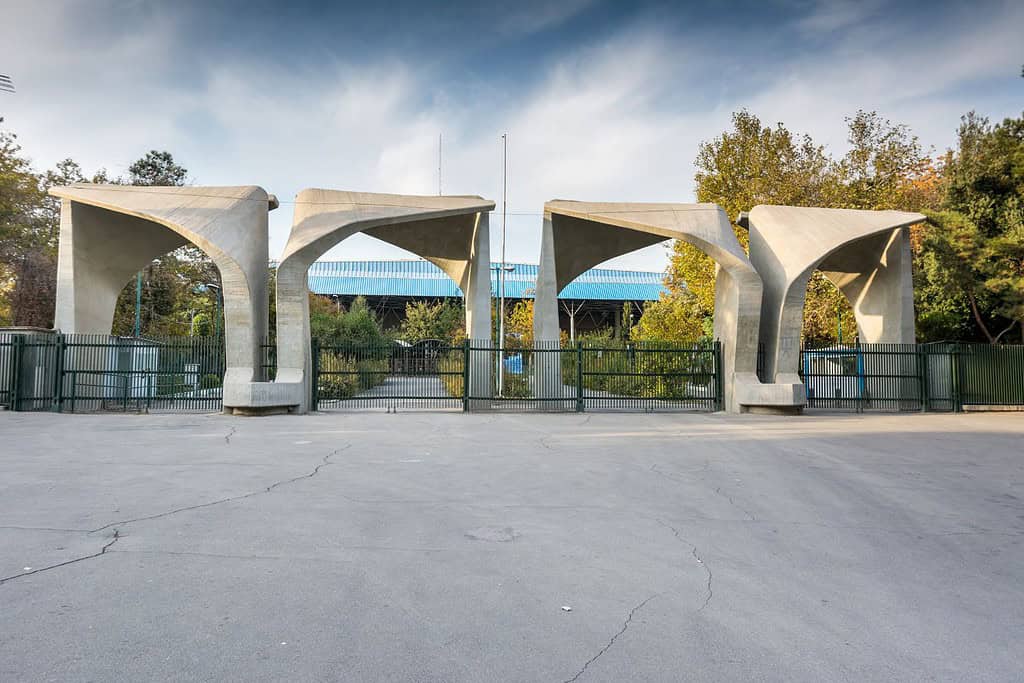
Historical Geographical Importance of Iran
Throughout the ages, Iran’s geographical significance has made it a sought-after stage for historical drama. As empires rose and fell, from the Persians to the Mongols and various other powers, Iran geographic location played a pivotal role in shaping the world’s history.
- Strategic Crossroads: Iran geographic location at the crossroads of Central Asia, South Asia, and the Middle East has made it a strategic point for trade, cultural exchange, and military conquests throughout history.
- Ancient Trade Routes: The ancient Silk Road and other trade routes passed through Iran, connecting the East and West, and facilitating the exchange of goods, ideas, and cultures.
- Alexander the Great’s Conquests: Iran was a key battleground during Alexander the Great’s conquests in the 4th century BCE, as he sought to expand his empire eastward.
- The Great Game: During the 19th century, Iran became a focal point of the Great Game, a geopolitical rivalry between the British Empire and the Russian Empire for control over Central Asia.
- British-Iranian Relations: Iran geographic location played a significant role in diplomatic and political maneuvering, including the Anglo-Iranian Oil Company and related conflicts.
- Influence of Persian Empires: Iran was the heart of various Persian empires, including the Achaemenids, Parthians, and Sassanians, which significantly shaped its culture and history.
- Conquests of Genghis Khan and the Mongols: The Mongol invasions of the 13th century had a profound impact on Iran’s history, leaving lasting cultural and political legacies.
- Timurid Dynasty: The Timurid dynasty, founded by the renowned conqueror Timur, ruled over Iran and left a significant architectural and cultural heritage.
- The Great Wall of Iran: The ancient Great Wall of Iran, known as the “Wall of Gorgan,” was constructed to fortify the northern borders of various Iranian empires.
- Influence of Islam: Iran’s geographic location at the crossroads of empires also made it a key center for the spread of Islam, influencing its culture, art, and architecture.
The geographical position of Iran is a kaleidoscope of beauty and historical importance. With its stunning mountain ranges, ancient trade routes, and diverse cultural landscapes, this nation continues to capture the world’s imagination. Despite challenges, Iran remains a compelling destination for the intrepid traveler and curious explorer, drawn to its tapestry of nature’s wonders and historical intrigue.
In conclusion, Iran’s geographical significance has made it a stage for historical drama, with various empires and civilizations vying for control and leaving their mark on the region’s history. Its strategic position has shaped the world’s historical events and continues to play a pivotal role in the geopolitics of the region today.
More About Iran
[the-post-grid id=”50371″ title=”Iran Main page”]
